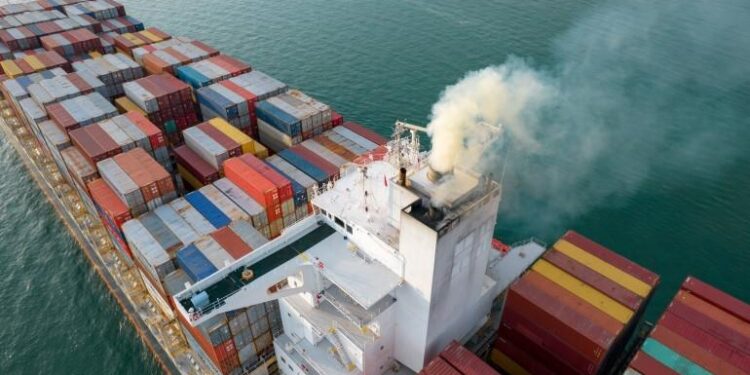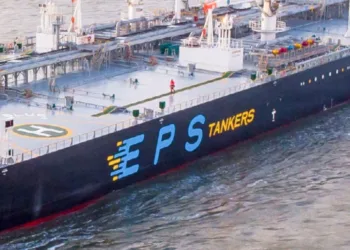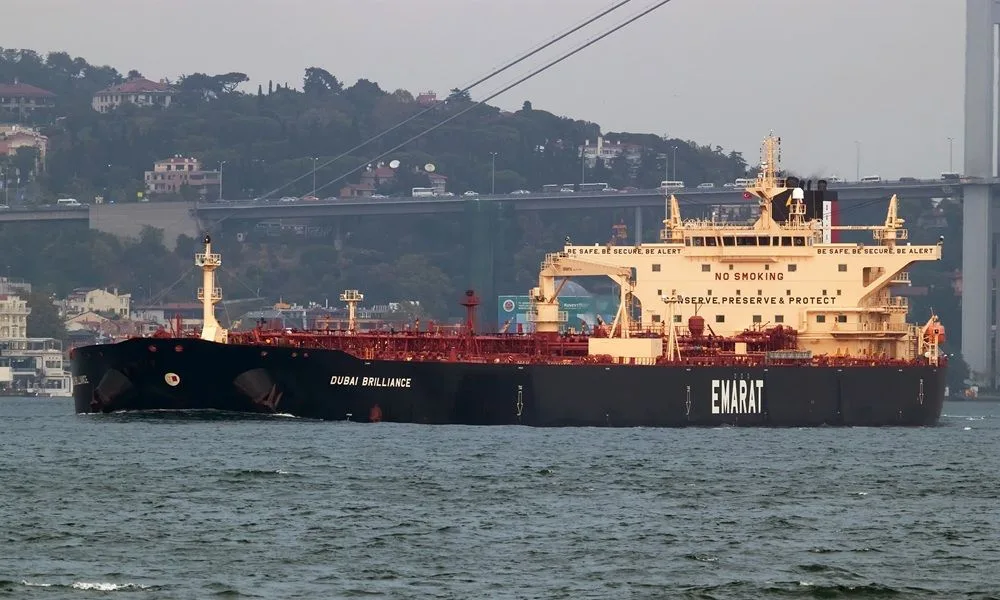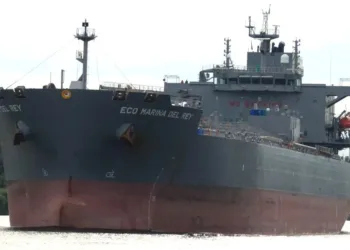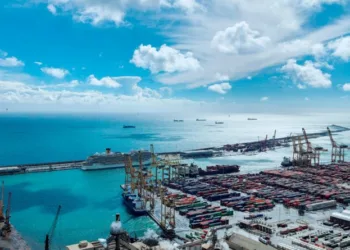Middle East Conflict Drives Surge in Shipping Emissions, Xeneta’s Carbon Emissions Index (CEI) Hits Record High
Amid the ongoing Middle East conflict, shipping emissions have soared, leading to a new high for Xeneta’s Carbon Emissions Index (CEI), which tracks emissions per tonne of cargo across 13 key trades. In the first quarter of the year, the CEI reached a peak of 104.7.
Trade lanes from the Far East to the Mediterranean experienced the most significant impact, with the CEI skyrocketing by 63% year-on-year. Analysis from Xeneta indicates that containers rerouted via the Cape of Good Hope traveled an extra 5,800 nautical miles on average, contributing to the emissions surge.
According to Xeneta analyst Emily Stausbøll, the issue extends beyond distance alone. Ships are compelled to sail at higher speeds to compensate for lost time, leading to exponential increases in fuel burn and emissions due to the speed-power curve.
As a result, cargo owners and shippers are exploring alternative options. Despite the higher cost, air cargo demand from Dubai Airport to European destinations surged by 190% in March compared to the previous year. However, Stausbøll highlights that air freight is less sustainable than ocean freight, emphasizing the need for hybrid sea-air services via the Middle East to minimize carbon emissions per tonne of cargo.
Additionally, longer voyages via the Cape of Good Hope incur substantially higher EU Emissions Trading System costs for ships bound for ports in the European Economic Area. This will impact supply chains, raw material costs, manufactured goods, and retail inflation across the bloc.
Carriers are expected to offset these costs by raising ocean freight rates or implementing additional surcharges. Stausbøll emphasizes the financial ramifications and underscores the broader impact of conflict on carbon emissions and the climate.



